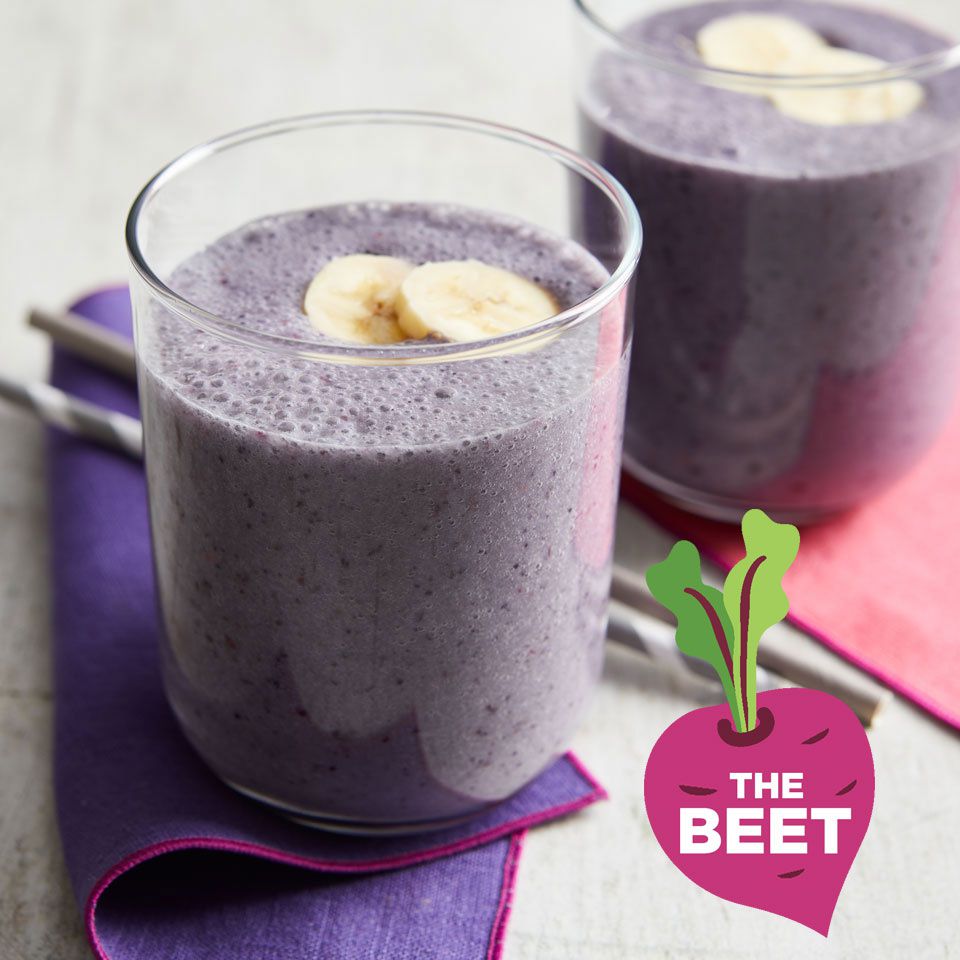I can’t tell you how many times I’ve heard people say that bananas are a terrible food. They’re either “so high in carbs” or “bad for weight loss” or “loaded with sugar” or something along those lines. Bananas may not have the antioxidant power of blueberries or the appeal of apples but from a health perspective, they’re not too shabby.
Despite their negative nutrition reputation, bananas are still the top-selling fruit in the US. Thank goodness. That’s probably because they’re very affordable compared to other fruits, which is one big reason why they’re always in my shopping cart. Here’s some other reasons why I stock up on bananas every time I go to the grocery store and think you should too.
The Benefits of Eating Bananas
High in Potassium
Over 100 million people have high blood pressure in the U.S. and potassium can help keep blood pressure in a healthy range. Bananas aren’t the only food with potassium—see our picks for foods with more potassium than a banana—but they’re a decent source. 1 medium banana has 422mg of potassium, or about 9% of your daily value for the mineral.
Get in Some Fiber
In one medium banana you get about 3g of fiber. That might not sound like a lot, but every little bit helps, especially since most of us don’t get enough. Women should aim for 25g daily and for men, 38g. Fiber helps fill you up, improve gut health and is good for your heart. To eat more, try these 10 high-fiber foods with more fiber than an apple.
Resistant Starch
You may have never heard of resistant starch, but it’s a pretty neat compound and unripe bananas are a great source. It’s a hard-to-digest carbohydrate, and in this case, that’s a good thing. It can help improve gut health and may up your fat burn. A small, ripe banana has 4g of resistant starch and green bananas have up to 80 percent more. Experts recommend getting 10g in your diet every day.
Great for Diabetes
You may be extra nervous around high-sugar fruits like bananas if you have diabetes, but there’s no need to be. A study in Frontiers in Endocrinology found that eating more fruit could actually help people with diabetes lower their fasting blood sugar levels. Another study in the European Journal of Nutrition found that people who ate fruit regularly were at a lower risk of developing type 2 diabetes.
Banana Nutrition
In case you’re still worried about excessive calories, carbs or sugar, a medium banana has about 100 calories, 27g carbohydrate and 14g of naturally occurring sugar. In addition to fiber and potassium, you’ll also get some magnesium, vitamin C, phosphorus and vitamin B6. Here are the full details:
- Calories: 105
- Carbohydrates: 27 g
- Dietary fiber: 3 g
- Total sugar: 14 g
- Protein: 1 g
- Total fat: 0 g
- Saturated fat: 0 g
- Cholesterol: 0 g
- Potassium: 422 mg
- Vitamin C: 10 mg
- Magnesium: 32 mg
- Phosphorus: 26 mg
- Vitamin B6: 0.433 mg
Ways to Enjoy Bananas
Here’s why I really love bananas so much, though. You can use them in so many different ways, and if they start to turn too ripe, peel them and stick them in your freezer for smoothies and baked goods. Try eating them:
- With nut butter
- Frozen in a smoothie
- Baked in banana bread or muffins
- As a toast topper
- On top of pancakes
- Stirred into oatmeal
- As a yogurt topper
The Bottom Line
Next time anyone tells you bananas aren’t healthy, you can send them to me (or right to this article). They’re such an easy and affordable way to get more nutrients in your diet.


